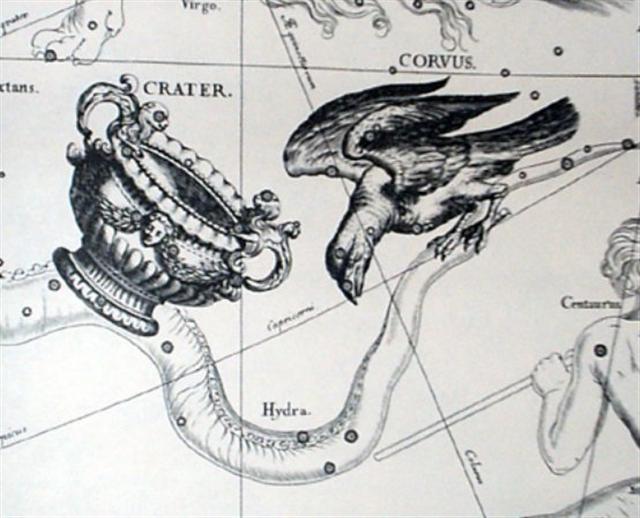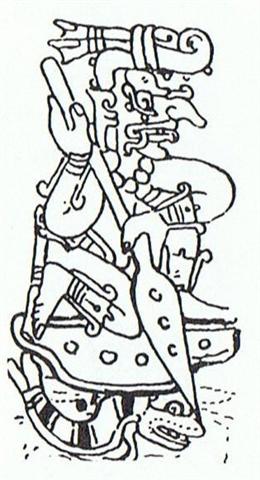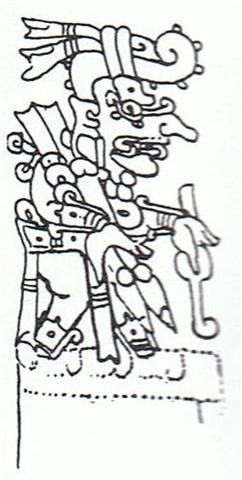14-2. When on Easter Island it could be observed that the Full Moon was close to the right ascension line associated with Dubhe, then it would be known that the night position was at JULY 1 (182) + 64 = 246 (→ 2 * 123) = September 3. And from there the corresponding heliacal stars (in principle not visible late at night due to the blinding rays from the rising Sun) could be deduced. This was the case both north and south of the equator because the diurnal cycle was the same- in contrast to the cycle of the year where the darkest time of the year ('the night') on Easter Island corresponded to high summer north of the equator. The time line was the same high up in the north, close to the equator, and far down in the south:
3 * 161 (→ Φ) = 483 → 8 ('Moon') / 6 ('Sun') * 360 + 3 → 360 + 123 (→ Phaistos Disc)
246 (September 3) - 80 = *166 (Dubhe). Therefore the day position of the Sun in his yearly course would have been around right ascension *166 + *183 = *349 (Markab, α Pegasi) Sept 3 (246) + 183 = 429 = 365 + 64 = March 5 (64, 429, *349) → 3 * 161 - 54 = 429 = 118 - 54 = 64 (March 5). North of the equator this was 80 - 64 = 16 days before the Gregorian spring equinox in March 21. South of the equator it then could be guessed to be 16 days before the Gregorian autumn equinox (= the southern spring equinox). However, 265 (September 22, northern autumn equinox) - 80 = 185 (and not 366 / 2 = 183). The circuit of the Earth around the Sun was not a perfect circle. The fact that Sirius followed the Sun (the Sothic cycle) should therefore presumably have been used for finding DECEMBER 30 from JUNE 30. 181 (JUNE 30) + 183 = 364 (DECEMBER 30):
|
||||||||||||||||||||||||||||||||||||||||||||||||||||||||||||||||||||||||||||||||||||||||||||||||||||||||||||||||||||||||||||||||

.jpg)








